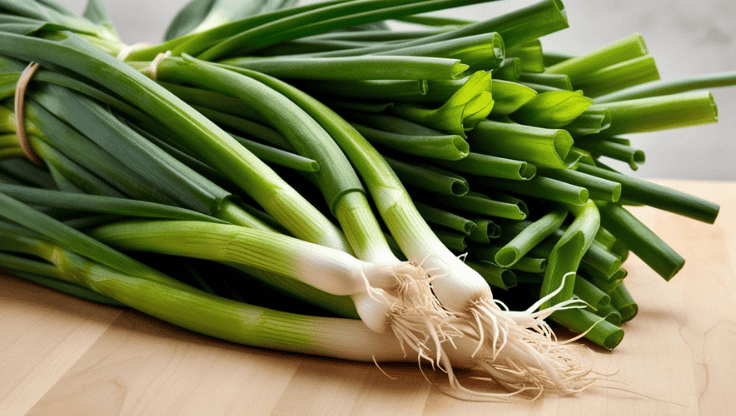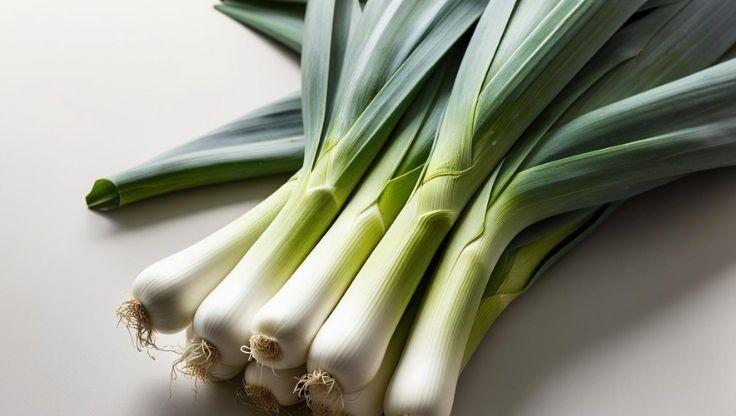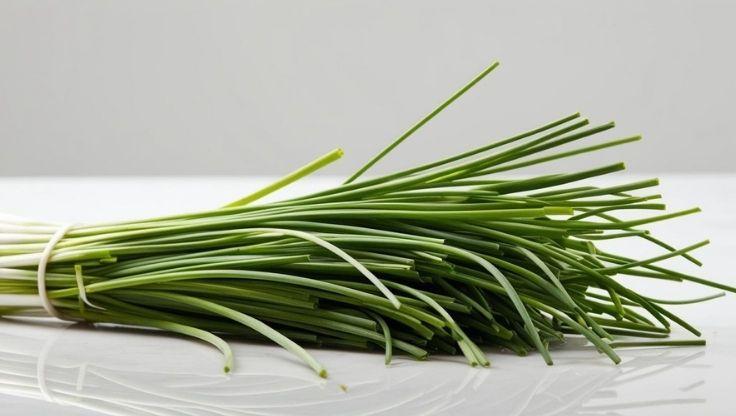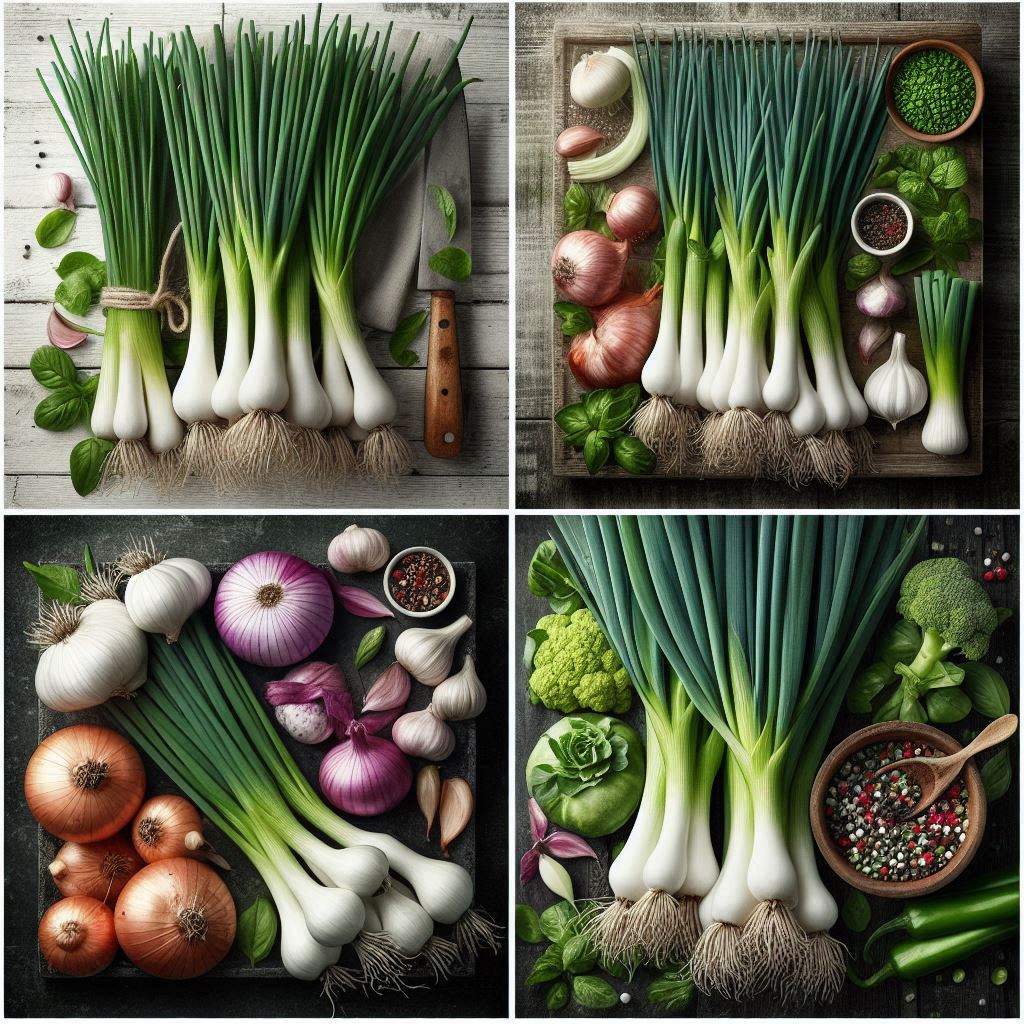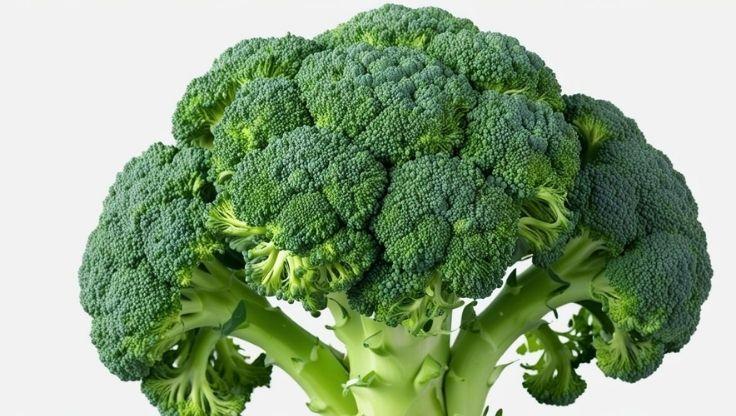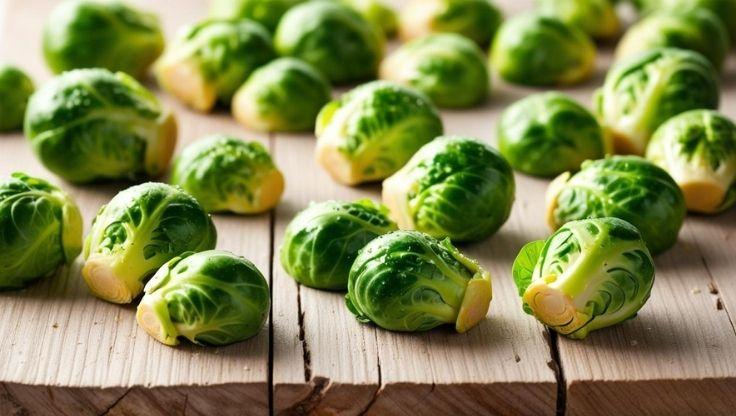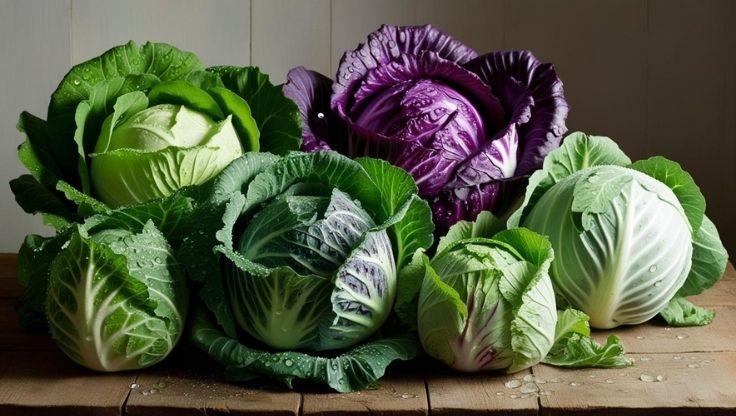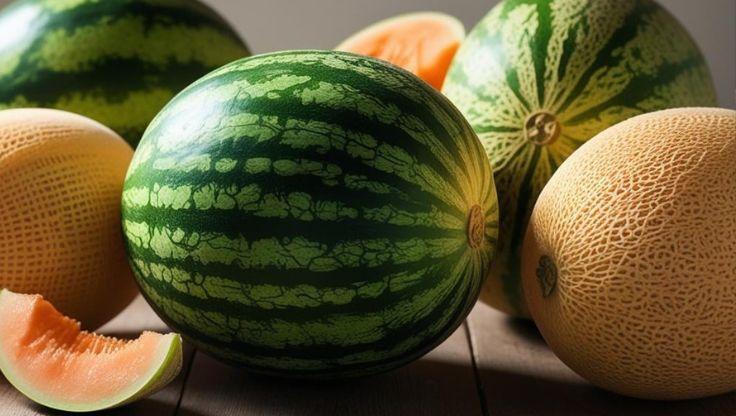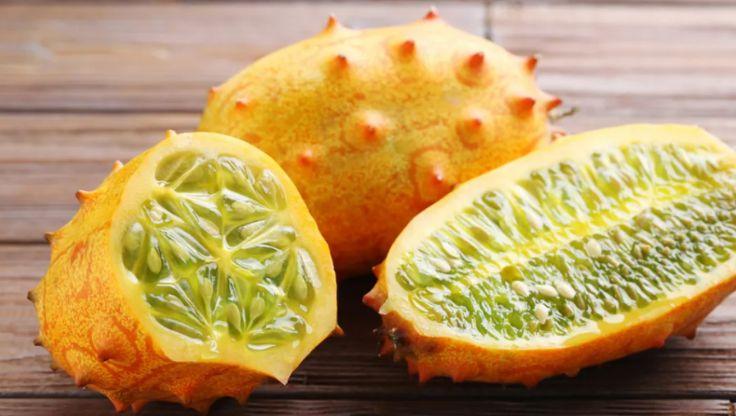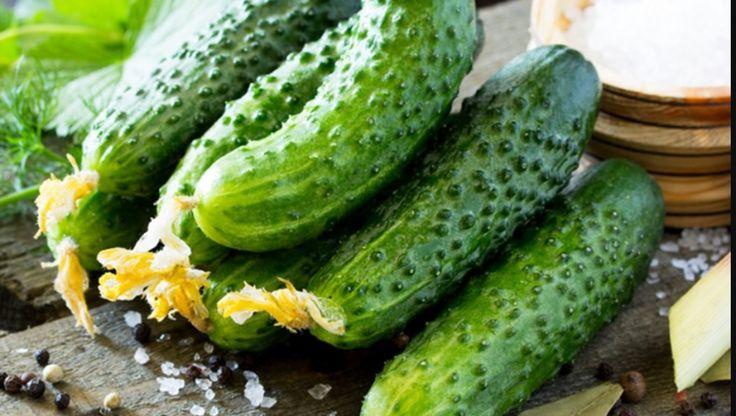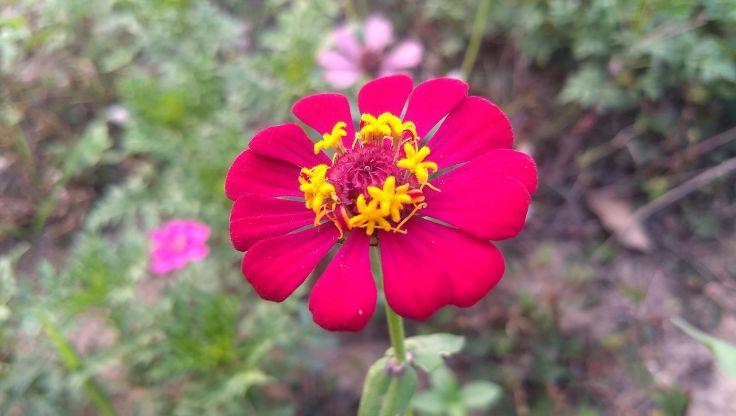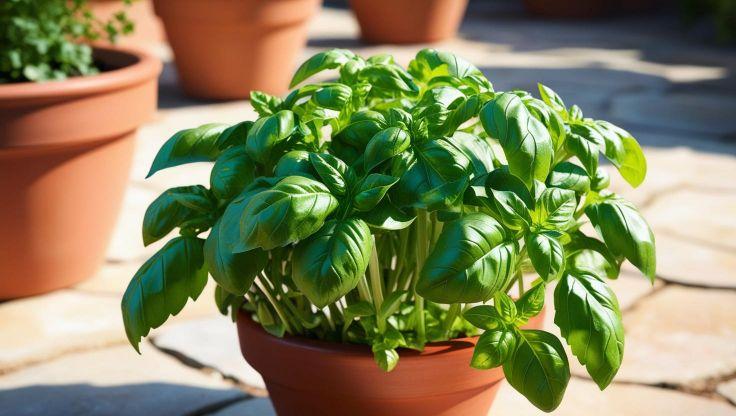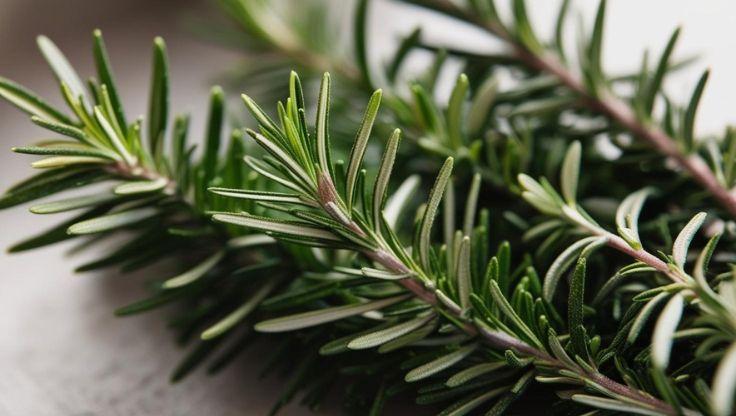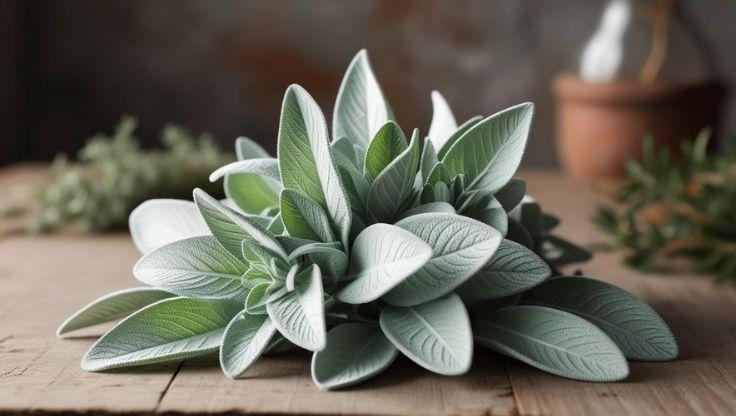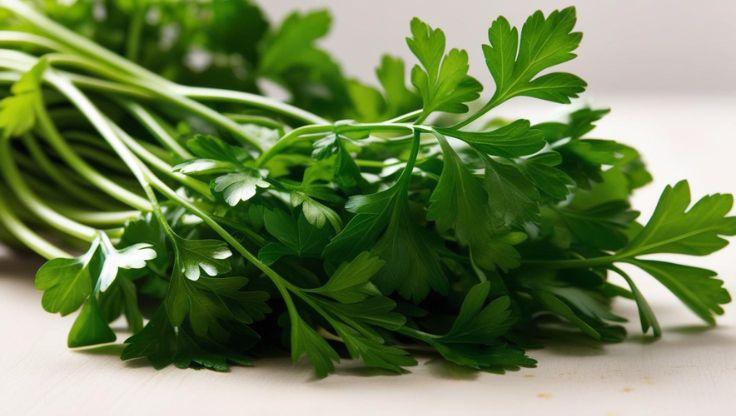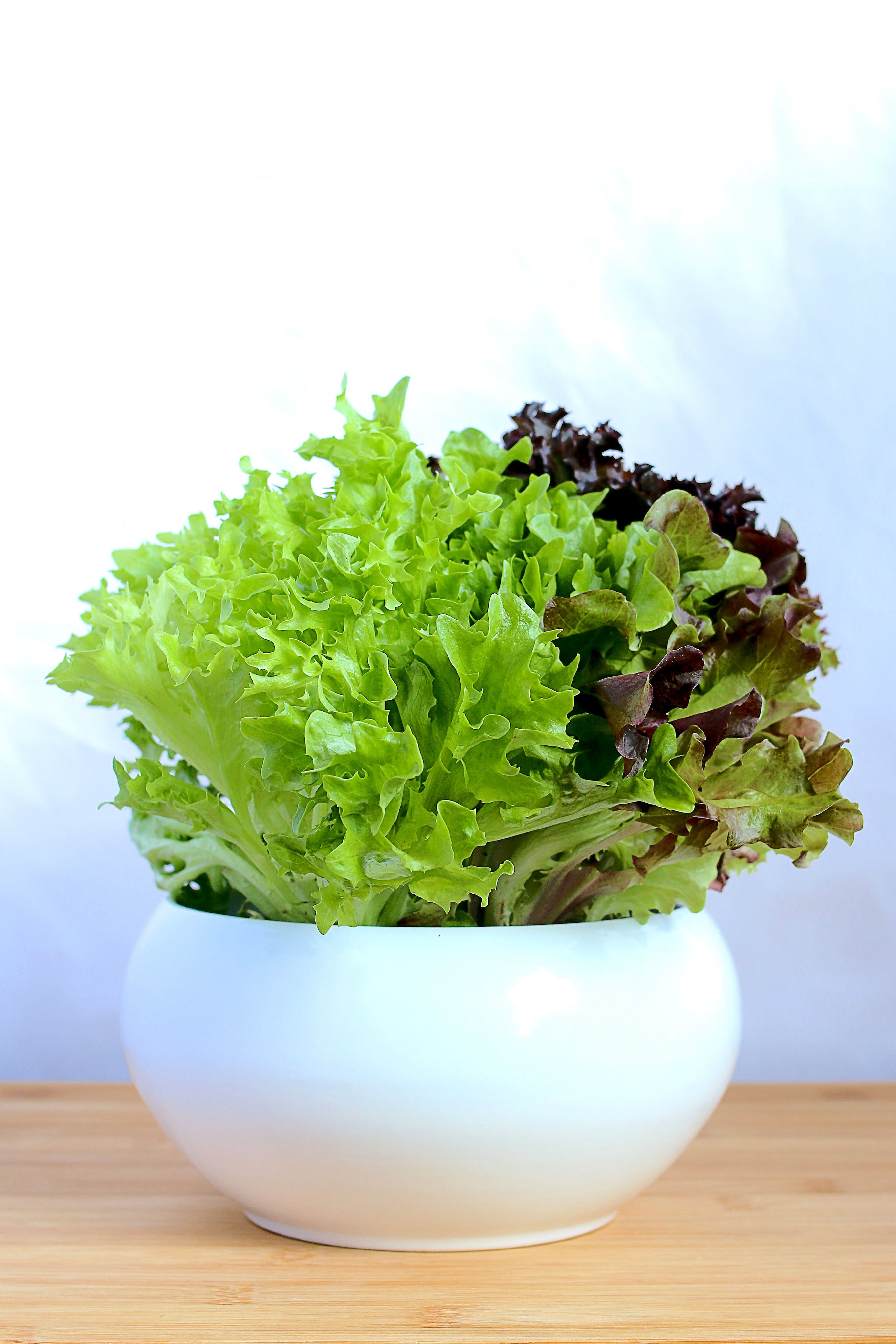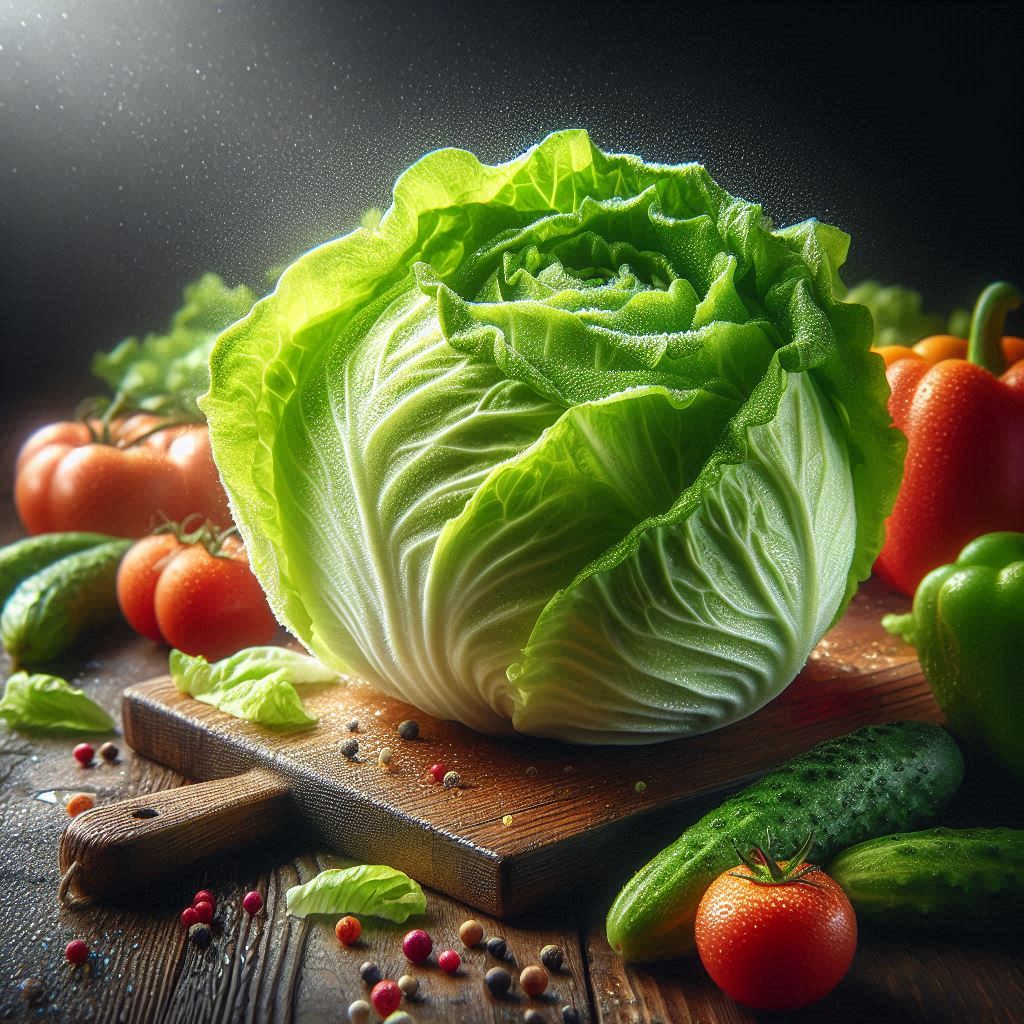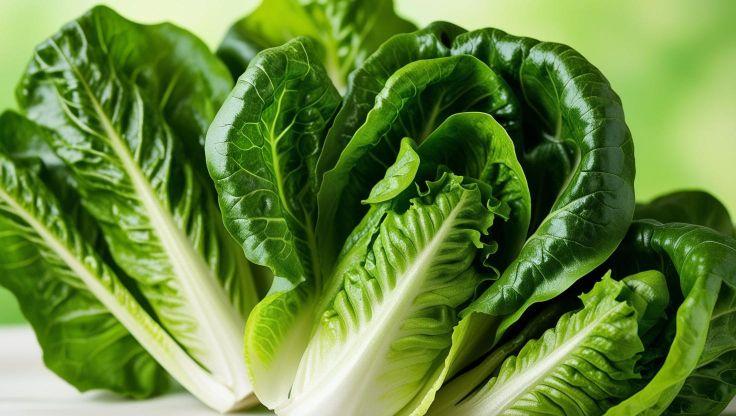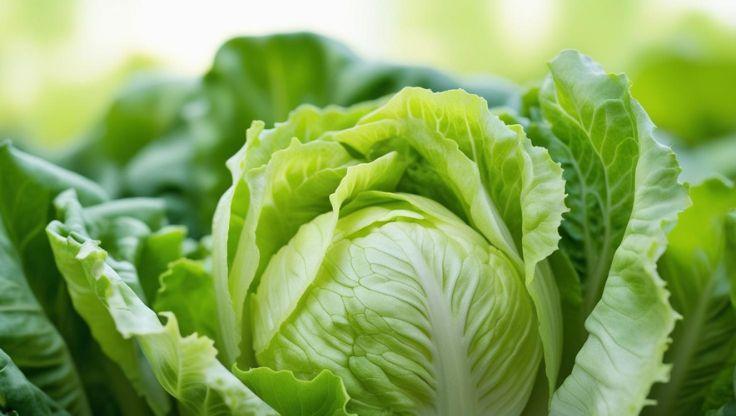Hydroponic Plants: Growing and Harnessing Romanesco Broccoflower’s Potential
Romanesco Broccoflower (Brassica oleracea var. botrytis) is an extraordinary vegetable admired for its mesmerizing fractal patterns and vivid green hue. Originally cultivated in Italy, this hybrid between broccoli and cauliflower delivers a nutty, slightly sweet taste. As part of the Hydroponic Plants category, Romanesco Broccoflower flourishes in controlled environments, promoting accelerated growth, enhanced yields, and greater resistance to soil-borne diseases compared to traditional soil farming.

Optimized Hydroponic Growing Conditions for Romanesco Broccoflower
Ideal pH & EC Levels
Maintaining precise pH and electrical conductivity (EC) levels is essential for successful hydroponic plant cultivation. Romanesco Broccoflower thrives in a pH range of 6.0–6.5, which ensures efficient nutrient absorption and root health. An EC level between 1.5–2.5 mS/cm delivers the necessary nutrient concentration, promoting vigorous growth and strong structural integrity. Regular monitoring and adjustments prevent deficiencies, allowing for consistent yield and high-quality produce.
Light, Temperature & Humidity Requirements
Romanesco Broccoflower requires full-spectrum LED lighting with 12–16 hours of daily exposure to support photosynthesis and uniform development. The ideal temperature range is 15°C to 24°C (60°F to 75°F), creating a stable environment for robust growth. Maintaining 50–70% relative humidity prevents excessive moisture loss while reducing the risk of fungal infections. Proper ventilation and humidity control systems, such as dehumidifiers and automated misting mechanisms, enhance environmental stability.
Best Hydroponic Systems for Romanesco Broccoflower
For efficient nutrient uptake and oxygenation, Romanesco Broccoflower excels in Deep Water Culture (DWC), Nutrient Film Technique (NFT), and aeroponics/hydroponic towers. DWC immerses roots in oxygenated nutrient solutions, fostering rapid development and resilience. NFT provides continuous nutrient delivery, ensuring constant hydration and efficient absorption. Aeroponics maximizes oxygenation by misting nutrient solutions directly onto roots, enhancing metabolic activity and reducing overall water consumption. Selecting the appropriate hydroponic system depends on space availability, resource efficiency, and production goals.
Optimized Nutrient Solutions and Water Management for Hydroponic Plants
Essential Nutrient Composition for Hydroponic Growth
A well-balanced nutrient solution is fundamental to sustaining healthy hydroponic plants, ensuring optimal absorption and metabolic efficiency. The recommended formulation includes:
- Nitrogen (180 ppm) – Essential for leaf development and protein synthesis, supporting vigorous vegetative growth.
- Phosphorus (60 ppm) – Improves root strength and energy transfer, aiding in structural integrity.
- Potassium (220 ppm) – Regulates water uptake and enzymatic functions, ensuring disease resistance and efficient photosynthesis.
- Calcium (160 ppm) – Strengthens cell walls, preventing deficiencies that lead to growth abnormalities.
-
Magnesium (80 ppm) – Vital for chlorophyll production, enhancing light absorption for optimal food generation.
Additionally, trace elements such as iron, manganese, and zinc at 1 ppm each contribute to enzyme activation, chlorophyll formation, and overall plant vitality.
Optimizing Water Management in Hydroponic Systems
Hydroponic plants rely on precise water control to maintain consistent nutrient availability. Purified water sources help minimize contaminants, while pH adjustments within the range of 5.5–6.5 optimize nutrient solubility. Electrical conductivity (EC) monitoring prevents over-fertilization or depletion, ensuring long-term plant stability.
Using automated irrigation and filtration systems improves water circulation, preventing microbial contamination and root diseases. Routine reservoir maintenance eliminates algae buildup and ensures a consistent nutrient flow, promoting strong root development and sustained hydration.
By integrating accurate nutrient formulations, strategic water management, and continuous monitoring, growers can optimize hydroponic plant resilience, productivity, and efficiency, ensuring high-yield and sustainable cultivation
Optimized Cultivation Process for Romanesco Broccoflower
Seed Germination & Early Growth
Romanesco Broccoflower seeds germinate within 5–10 days, provided they are maintained in a temperature range of 15–22°C (59–72°F) with proper moisture levels. Effective spacing is crucial—each planting hole should contain 1–2 seeds, ensuring balanced root development and preventing overcrowding. Hydroponic plants benefit from controlled environments, leading to higher germination rates and uniform seedling growth compared to traditional soil-based cultivation.
Maturity After Transplanting & Hydroponic Integration
After the initial germination phase, seedlings develop strong root systems over 7–10 days, preparing them for transplantation into hydroponic systems. Once placed in net pots with a stable growing medium such as rock wool or coco coir, Romanesco Broccoflower matures within 75–100 days. Hydroponic methods enhance nutrient absorption efficiency and prevent common soil-related challenges like pest infestations and inconsistent nutrient availability.
Varietal Selection for Hydroponic Plants
Selecting the right variety is crucial for optimizing Romanesco Broccoflower production. Romanesco F1 is a preferred variety, known for its uniform growth, vibrant fractal pattern, and adaptability to hydroponic cultivation. Other varieties, such as Veronica and Natalino, offer enhanced disease resistance and improved yield potential, making them ideal for both commercial farming and home hydroponic setups.
By implementing precise planting techniques, hydroponic system optimization, and strategic varietal selection, growers can maximize Romanesco Broccoflower’s yield potential, nutritional quality, and overall sustainability, ensuring efficient and high-performance cultivation.
Uses and Benefits of Romanesco Broccoflower in Hydroponic Cultivation
Culinary Applications
Romanesco Broccoflower is an exceptionally versatile vegetable, prized for its nutty, slightly sweet flavor and distinctive fractal-like structure. It is commonly featured in roasted dishes, soups, and salads, where its firm texture holds up well to various cooking techniques. Roasting brings out its natural sweetness, making it a perfect pairing with garlic, olive oil, and lemon for a rich, caramelized finish. Additionally, it can be steamed, sautéed, or blended into creamy soups, offering a delicate yet complex taste profile. Its ability to absorb flavors makes it an excellent ingredient in pasta dishes, grain bowls, and stir-fries, enhancing both texture and nutritional value.
Health Benefits
Packed with vitamins C and K, Romanesco Broccoflower plays a vital role in immune function, bone strength, and digestive health. Vitamin C provides powerful antioxidant properties, helping to reduce inflammation, strengthen connective tissues, and promote skin health. Meanwhile, vitamin K supports proper blood clotting and calcium regulation, contributing to strong bones and preventing deficiencies. Additionally, Romanesco is rich in dietary fiber, which aids gut health and digestion, fostering a balanced microbiome. Its high antioxidant content may also help combat oxidative stress, offering potential benefits for heart health and disease prevention.
Sustainability Advantages of Hydroponic Plants
Romanesco Broccoflower thrives as a hydroponic plant, offering significant environmental benefits over traditional cultivation methods. Hydroponic farming reduces water consumption by up to 90%, promoting sustainable resource usage while eliminating soil-related inefficiencies. Additionally, hydroponic systems prevent soil-borne pest infestations, reducing the need for pesticides and enabling chemical-free, eco-friendly crop production. The controlled growth environment ensures consistent yields, faster maturation rates, and improved plant quality, making Romanesco Broccoflower an ideal candidate for sustainable agriculture and efficient farming practices
Challenges and Solutions in Hydroponic Cultivation
Common Pests and Diseases Affecting Hydroponic Plants
Despite the advantages of hydroponic farming, plants remain susceptible to pests and diseases that can hinder growth and reduce yield. Aphids, small sap-sucking insects, weaken plants by draining essential nutrients, leading to stunted development. These pests can be controlled using neem oil or insecticidal soap, which effectively disrupts their life cycle without harming beneficial organisms.
Powdery mildew, a fungal infection, thrives in humid environments and can spread rapidly, affecting leaf quality and overall plant health. Preventing this disease requires proper airflow, humidity regulation, and adequate spacing between plants to minimize moisture buildup.
Root rot, a common issue in hydroponic systems, occurs due to overwatering and poor oxygenation. Ensuring proper aeration, maintaining optimal water temperature, and using oxygen-rich nutrient solutions helps prevent this condition, safeguarding root integrity.
Solutions for Growth Issues in Hydroponic Plants
Several environmental factors can impact plant health, leading to growth deficiencies:
Yellowing leaves often indicate nutrient imbalances, requiring adjustments in nitrogen, magnesium, or iron levels to restore proper coloration.
Slow growth may result from insufficient light exposure—increasing full-spectrum LED lighting duration to 12–16 hours daily enhances photosynthesis and accelerates development.
Wilting can stem from inconsistent water temperature or inadequate oxygenation. Monitoring water temperature within the ideal range of 18–22°C (64–72°F) and ensuring proper aeration prevents stress-related wilting.
Article Title: Research on Hydroponics Farming


